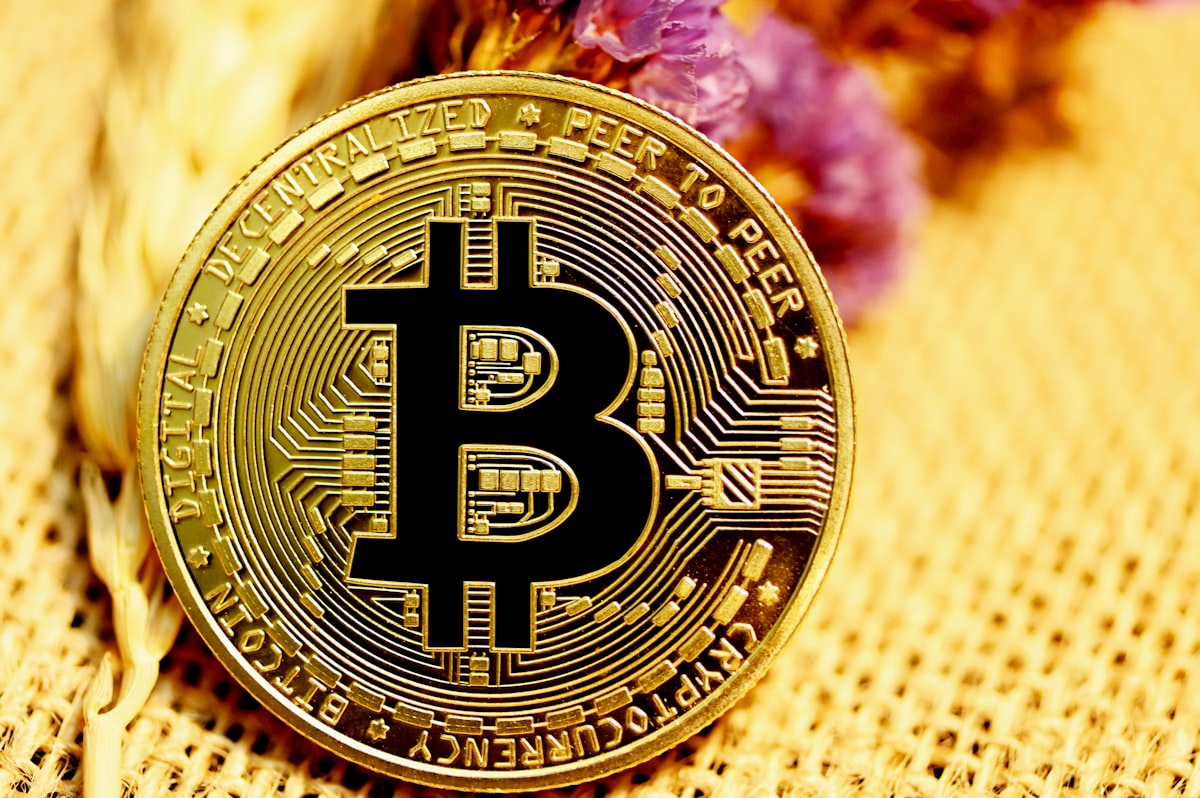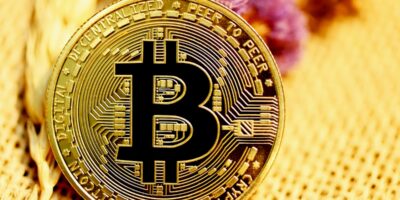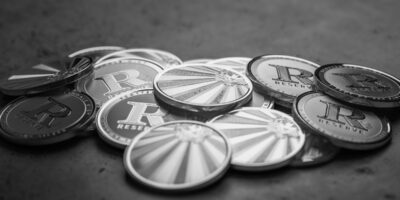Currency in Ecuador
Currency in Ecuador
The monetary landscape of Ecuador has a unique history and structure. Currently, Ecuador uses the United States dollar as its official currency. Before dollarization, Ecuador had its own currency called the Sucre.
The Sucre Era

The Sucre was introduced in 1884, deriving its name from Latin American independence leader Antonio José de Sucre. The Sucre held sway as the official currency until 2000. Due to high inflation rates and a severe economic crisis in the late 1990s, the value of the Sucre plummeted. By January 2000, the government decided to adopt the U.S. dollar to stabilize the economy.
Transition to Dollarization
The transition to dollarization was swift but not without challenges. The exchange rate was fixed at 25,000 Sucres per U.S. dollar. Citizens had to convert their money quickly, and many people were concerned about the immediate impacts on their savings, wages, and daily transactions.
Initial reactions were mixed. While some viewed it as giving up national sovereignty over monetary policy, others saw it as a necessary step to restoring economic stability. Over time, dollarization helped curb hyperinflation and brought more financial predictability.
Using U.S. Dollars in Ecuador
When visiting or conducting business in Ecuador, understanding how the U.S. dollar is used is vital. Most transactions, from buying groceries to paying for public transport, are conducted in dollars. U.S. coins circulate alongside unique Ecuadorian centavos, which are equivalent in value to U.S. cents.
- Paper Money: U.S. banknotes are used in denominations from $1 to $100.
- Coins: Both U.S. coins and specially minted Ecuadorian coins, ranging from 1 cent to 50 cents, are in circulation.
Banknotes above $20 or $50 can be difficult to break in day-to-day transactions. It is advisable to carry smaller notes for convenience. ATMs are widely available, dispensing U.S. dollars, and credit cards are accepted in many businesses, particularly in urban areas.
Economic Impacts of Dollarization
The adoption of the dollar stabilized the economy. Hyperinflation was brought under control, and foreign investment improved due to the reduced risk of currency devaluation. Interest rates on loans decreased, enabling more business and consumer financing.
However, Ecuador relinquished control over its monetary policy. The Ecuadorian Central Bank cannot print currency or adjust interest rates independently, making it more difficult to respond to local economic changes. Fiscal policy and government spending became primary tools for economic management.
Banking and Financial Services
The Ecuadorian banking system has adapted to dollarization without major disruptions. Most financial institutions offer services similar to those found in the United States. Savings and checking accounts, loans, and credit cards are readily available.
Online banking and mobile applications are increasingly popular, enabling easier access to financial services. International banking partnerships have improved, facilitating money transfers and foreign transactions. Remittances from abroad, mainly the U.S., play a significant role in the local economy.
Tourism and Exchange Rates
For tourists, using the U.S. dollar simplifies travel. Travelers do not need to worry about exchange rates or currency conversion fees. Most tourist destinations, hotels, and restaurants cater to dollar transactions.
Exchange rates for other currencies fluctuate against the dollar, influencing the cost of visiting Ecuador. When the U.S. dollar is strong, Ecuador becomes more expensive for foreign visitors. Conversely, a weaker dollar can make Ecuador more attractive as a travel destination.
Trade and International Business
Dollarization has mixed effects on international trade. On one hand, it simplifies trade with dollar-based economies, making transactions straightforward and reducing currency risk. On the other hand, Ecuadorian exports can become less competitive if the U.S. dollar strengthens against other currencies.
The absence of a local currency means Ecuador cannot devalue its money to make exports cheaper. This limitation forces businesses to focus on quality and efficiency rather than relying on competitive pricing through currency manipulation.
Inflation and Price Stability
Since dollarization, Ecuador has experienced relatively low inflation compared to the tumultuous 1990s. Price stability has encouraged economic growth and consumer confidence.
The U.S. Federal Reserve’s policies directly impact Ecuador. Inflation rates in Ecuador align closely with U.S. rates. Any significant policy changes by the Federal Reserve, such as interest rate adjustments, can affect the Ecuadorian economy.
Impact on Wages and Employment
Dollarization has had significant effects on wages and employment. Initially, wage levels stagnated due to the fixed exchange rate, affecting purchasing power. Over time, wages have gradually adjusted, and employment conditions have stabilized.
Labor markets have remained relatively stable, with unemployment rates not significantly higher than regional averages. The fixed currency regime has forced businesses and labor markets to adapt to external economic conditions more quickly.
Remittances and Family Income
Remittances are a vital income source for many Ecuadorian families. Dollarization allows remittances to be received in the same currency without conversion losses. Large inflows of dollars support local economies, helping families afford real estate, education, and healthcare.
The stable currency environment ensures the purchasing power of remittances is preserved. Fluctuations in the U.S. economy or immigration policies can directly impact the flow of funds to Ecuadorian households.
Government Fiscal Policy
The Ecuadorian government relies heavily on fiscal policy to manage the economy. Without control over monetary policy, taxes, government spending, and public debt become central tools.
Fiscal discipline is essential to avoid excessive debt and ensure sustainable economic growth. Ecuador has experienced periods of fiscal challenges, particularly when oil prices, a major export revenue source, fluctuate.
Government spending focuses on infrastructure, social programs, and public services. These investments aim to promote long-term economic stability and reduce poverty.
Financial Literacy and Consumer Behavior
Dollarization has influenced financial literacy. Consumers and businesses must understand the broader U.S. economic policies and how they impact local conditions.
Educational initiatives promote financial literacy, helping individuals make informed decisions. Knowledge of exchange rates, interest rates, and economic indicators becomes more relevant.
Consumer behavior has adapted to the stable currency environment. Savings rates and investment habits have evolved, reflecting greater confidence in the financial system.
Challenges and Criticisms
Despite the benefits, dollarization faces criticisms. Loss of monetary policy control is a major point of concern. Ecuador cannot devalue its currency or print money, limiting its ability to manage economic crises independently.
The economy is vulnerable to external shocks, particularly those affecting the U.S. Federal Reserve policies. Trade competitiveness can suffer if the U.S. dollar strengthens unexpectedly.
Currency substitution has also raised questions about national identity and economic sovereignty. Critics argue that reliance on foreign currency risks long-term economic independence.
The Role of the Central Bank
The Central Bank of Ecuador plays a limited but crucial role. It oversees banking regulations, maintains financial stability, and manages foreign reserves. It cannot issue currency or set interest rates due to dollarization.
The bank focuses on promoting financial sector health, ensuring compliance with international standards, and fostering economic research.
Future Prospects
Dollarization is likely to remain in place for the foreseeable future. Major policy shifts would require considerable economic and political consensus. While challenges persist, many benefits, such as stability and predictability, make dollarization an attractive option.
Ongoing integration with international markets and economic diversification efforts will shape Ecuador’s future. Dollarization’s success depends on adapting to global economic trends and maintaining fiscal discipline.




Subscribe for Updates
Get the latest articles delivered to your inbox.
We respect your privacy. Unsubscribe anytime.